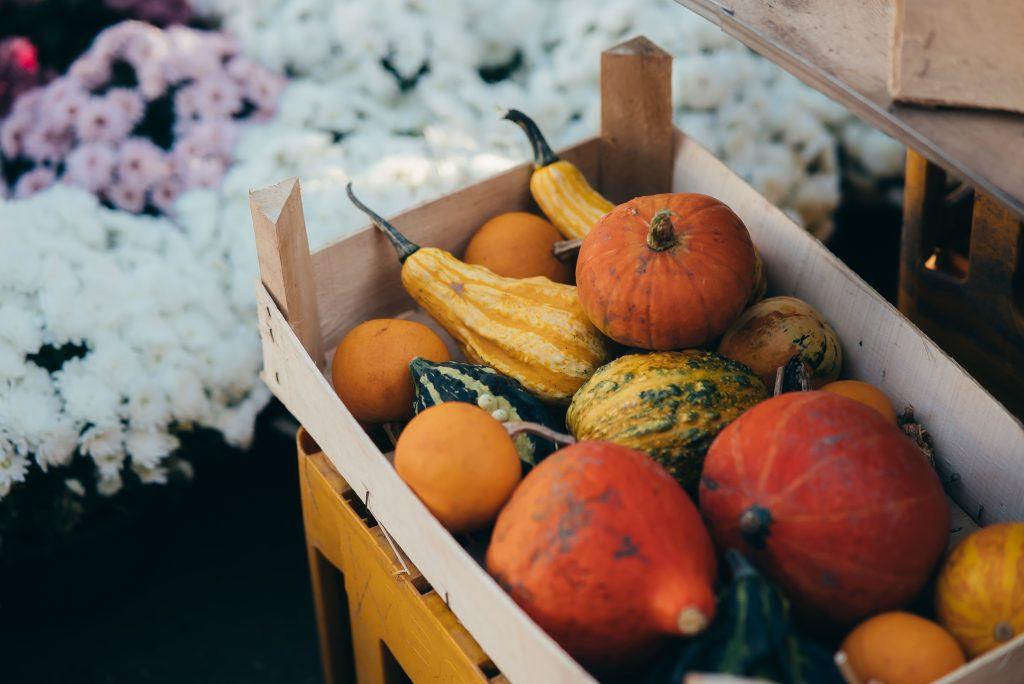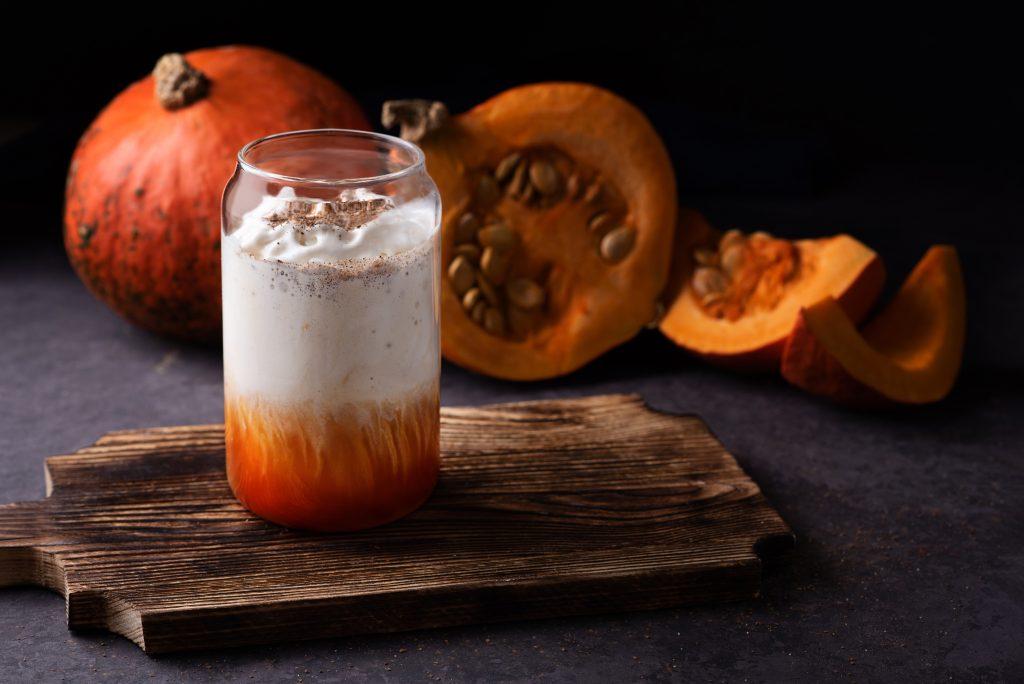Pumpkin Spice
Michelle Davies
The pumpkin spice trend originated from a combination of cultural, culinary, and marketing factors. It has become a symbol of fall and is associated with warm, comforting flavors. Here’s an overview of the story behind the pumpkin spice trend:

- Historical and Cultural Influences: Pumpkins have been a part of North American cuisine for centuries, dating back to Native American culinary traditions. Pumpkins were an essential food source for indigenous communities and they introduced them to European settlers. Pumpkin-based recipes, such as pumpkin pies, became popular in American households.
- Thanksgiving Tradition: The association of pumpkins with Thanksgiving further solidified their status as a fall symbol in the United States. Pumpkin pie became a staple of Thanksgiving feasts, and the cozy flavors of cinnamon, nutmeg, and cloves commonly used in these pies added to the seasonal appeal.
- Emergence of Seasonal Flavors: The concept of seasonal flavors took hold in the culinary world. Chefs and food manufacturers started experimenting with different combinations of spices and ingredients that evoked the feeling of fall and the upcoming holiday season.
- Starbucks and the Pumpkin Spice Latte: The pumpkin spice trend gained significant traction when Starbucks introduced their Pumpkin Spice Latte (PSL) in 2003. The PSL quickly became a seasonal sensation, and its popularity helped propel the pumpkin spice trend into the mainstream.
- Marketing and Social Media: Social media played a crucial role in the rapid spread of the pumpkin spice trend. The visually appealing aesthetics of pumpkin spice-themed foods and beverages, combined with hashtags and user-generated content, led to a viral sensation.
- Expanding Beyond Coffee: The success of the PSL inspired other food and beverage companies to create their own pumpkin spice-flavored products. These products ranged from baked goods and cereals to yogurt, candles, and even beauty products.


- Nostalgia and Comfort: The pumpkin spice trend taps into a sense of nostalgia and comfort. The blend of spices, reminiscent of traditional fall desserts, evokes warm memories and a sense of coziness.
- Limited Availability: Many pumpkin spice products are only available for a limited time each year, creating a sense of anticipation and excitement. This scarcity adds to the trend’s allure.
- Continued Evolution: Over time, the pumpkin spice trend has expanded to include various interpretations of the flavor profile. While the original spices (cinnamon, nutmeg, cloves, and sometimes ginger) remain central, different products might incorporate additional ingredients like vanilla, caramel, or even chocolate.
Tagged Pumpkin Spice

